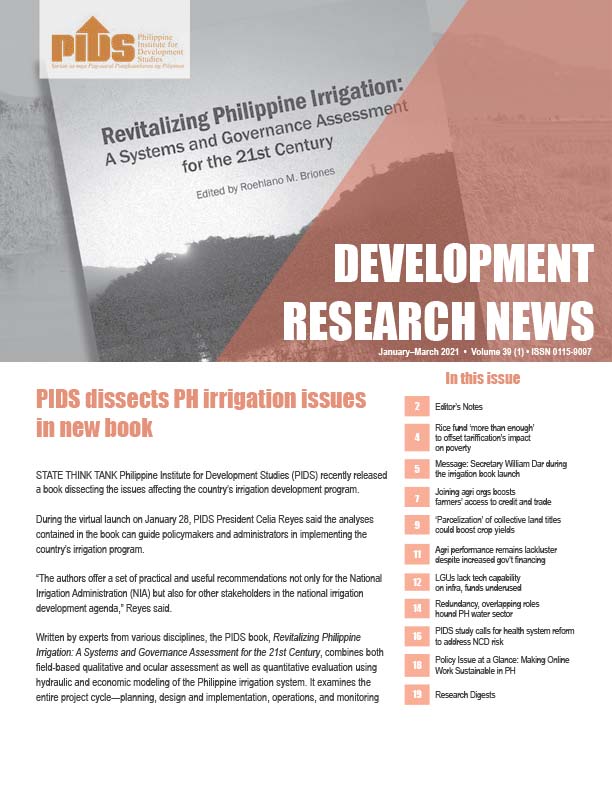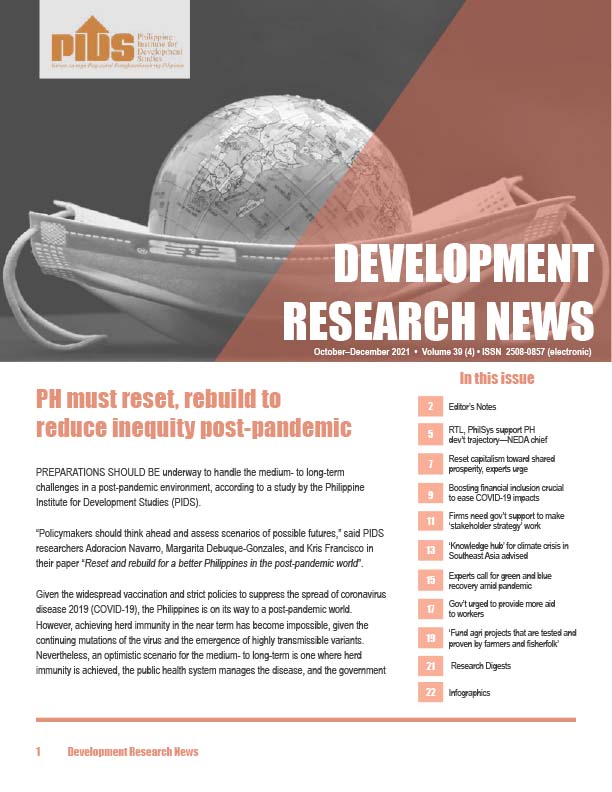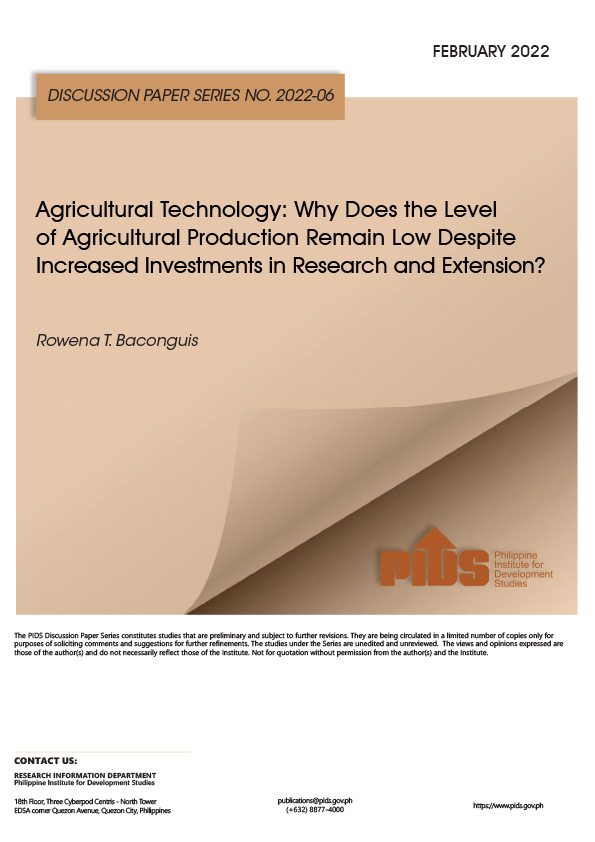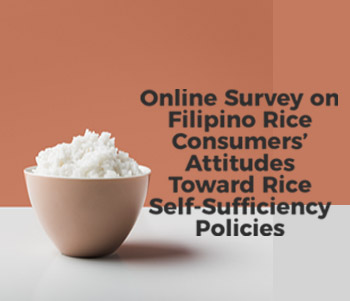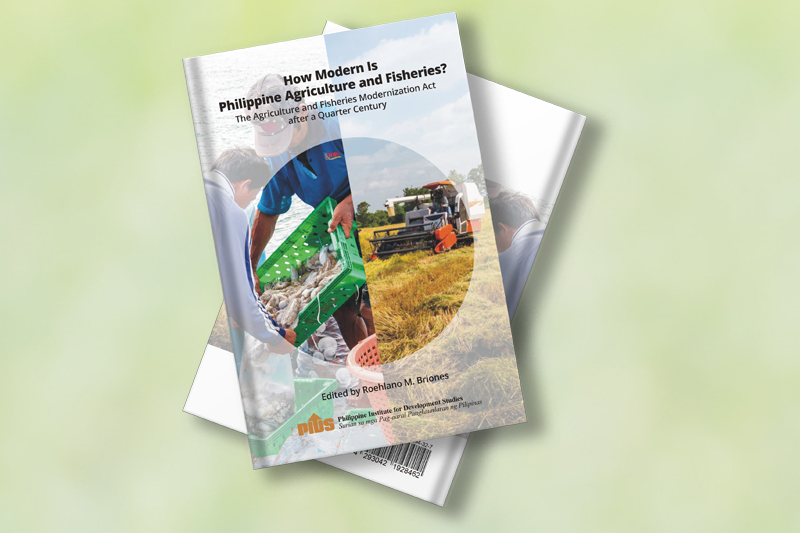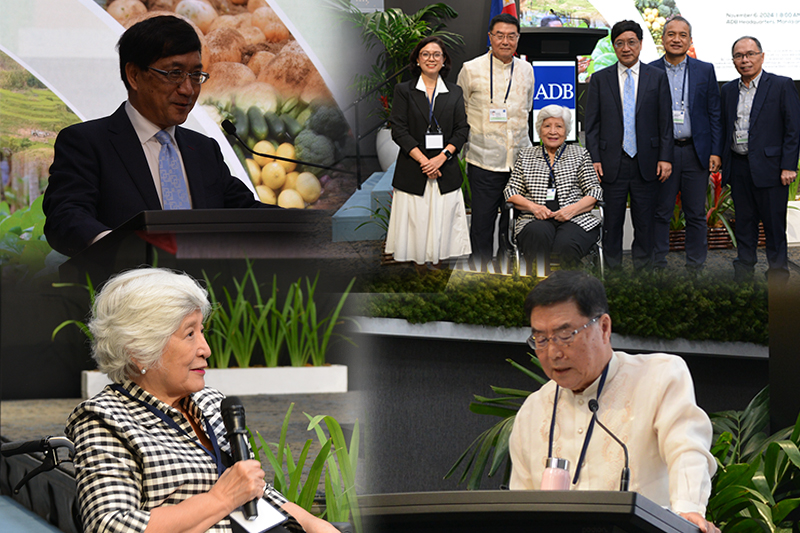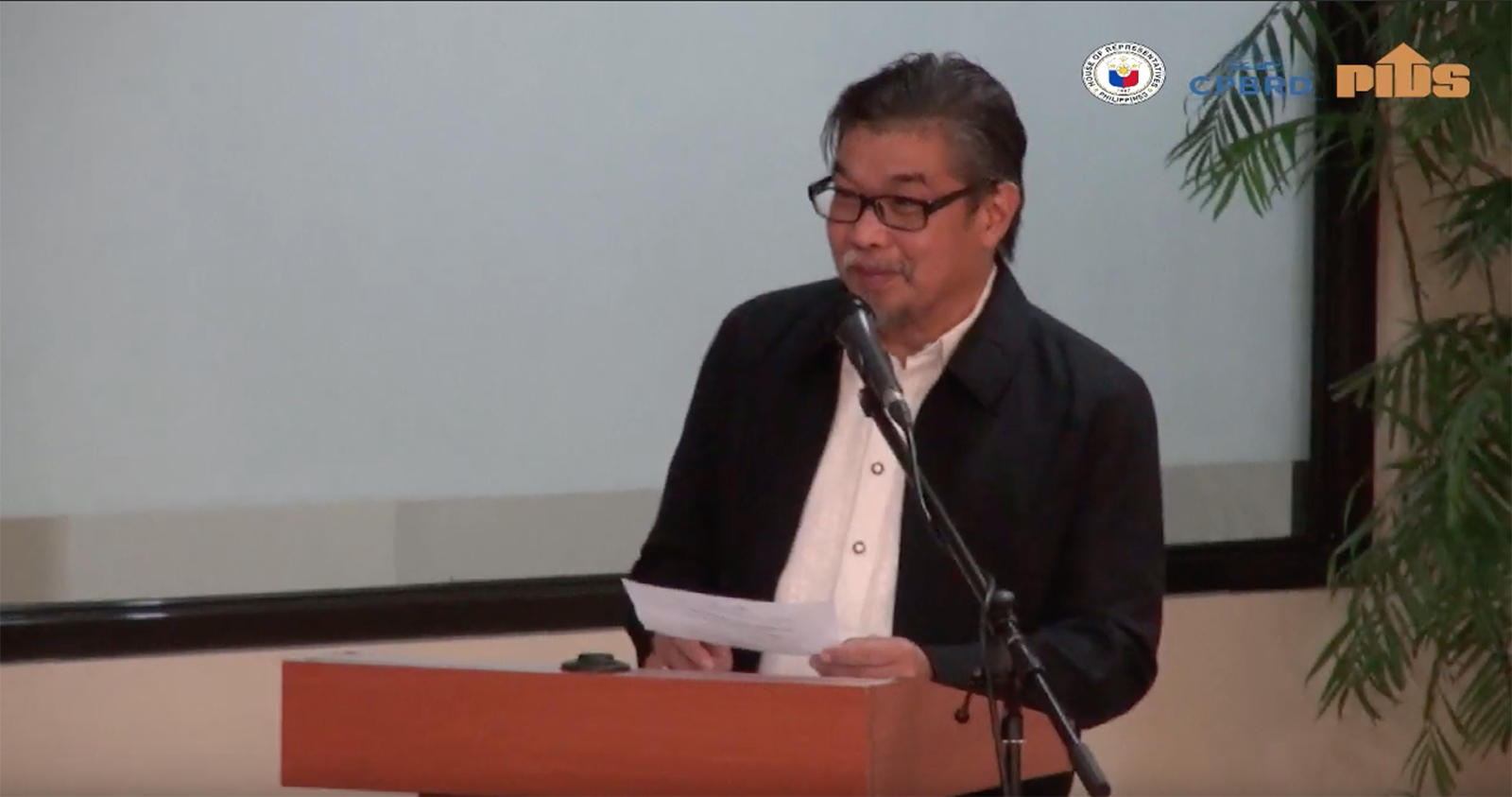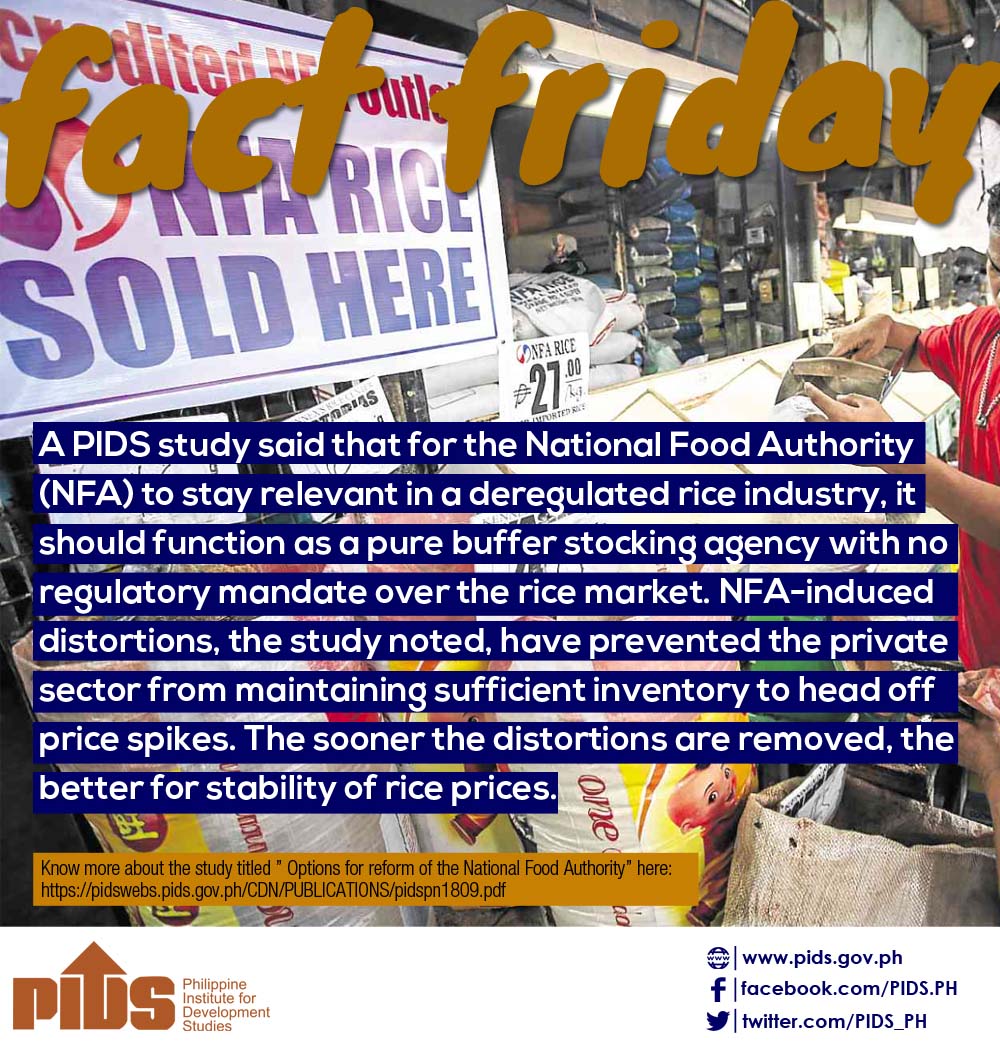THE recent extension of the quantitative restriction (QR) on rice was disadvantageous to poor Filipinos, according to the National Economic and Development Authority (Neda).
In a briefing on Friday, Economic Planning Secretary Arsenio M. Balisacan, one of the country’s top agriculture economists, told reporters the QR keeps rice prices high.
"Although the QR affords some protection for our farmers, the cost, the overall cost on the economy has been so high, especially among the poor because that has led to a double-digit inflation for rice when overall inflation was only 2 percent to 5 percent. So it was very antipoor,” Balisacan said.
Balisacan added that this is one of the reasons there is a need to move for the tarrification of the QR. He said imposing a tariff of 30 percent to 40 percent would be enough to protect farmers from imported rice that would come into the country.
However, removing the QR on rice will necessitate the repeal or amendment of Republic Act 8178, or An Act Replacing Quantitative Import Restrictions on Agricultural Products, Except Rice, with Tariffs, Creating the Agricultural Competitiveness Enhancement Fund, and for Other Purposes.
In addition, Balisacan said the government must also implement agriculture reforms such as increases in irrigation investment and rural infrastructure, among others.
"We can start with the tariff equivalent of the QR to 30 percent to 40 percent but commit to reduce that over time,” Balisacan said. "The whole point is even at [a] 30 percent tariff, that’s a much better regime than a QR.”
A study by the Philippine Institute for Development Studies (PIDS) said that if the QR were removed, rice prices will go down to around P19.8 per kilogram from P33.08 per kilo.
Under a free trade scenario, the PIDS study stated, total rice imports could have reached 4.2 million tons. This will bring down retail prices to P19.8 per kilo and wholesale prices to P17.66 per kilo.
This would result in a consumer surplus of P178.07 billion. However, this would cause a P33.99-billion worth reduction in producer surplus and a P5.63-billion reduction in importer’s revenue. This means the net gain under this scenario would be P138.46 billion, on top of the baseline which is P442.49 billion.
"Obviously, with repeal or relaxation of these restrictions, producer surplus must fall, to the detriment of farmers,” the PIDS study stated. "One way to ease the burden of adjustment is to apply a moderate level of tariff, thereby striking a compromise between the benefits to consumers and the losses to producers.”
When the Philippines acceded to the World Trade Organization (WTO) in 1995, the country agreed to convert QRs into equivalent tariffs (tariffication). However the Philippines obtained a Special Treatment for rice up to 2005, allowing it to maintain its rice QR. To make up for the special treatment, the country conceded to a minimum market access, ranging from 30,000 tons in 1995 up to 224,000 tons in 2004.
Upon expiration of the special treatment in 2005, the authors said the country negotiated and obtained an extension of up to 2012. Last year the national government convinced the WTO to grant its appeal to extend the QR to 2017.//
Extension of rice quantitative restriction disadvantageous to poor—Neda

